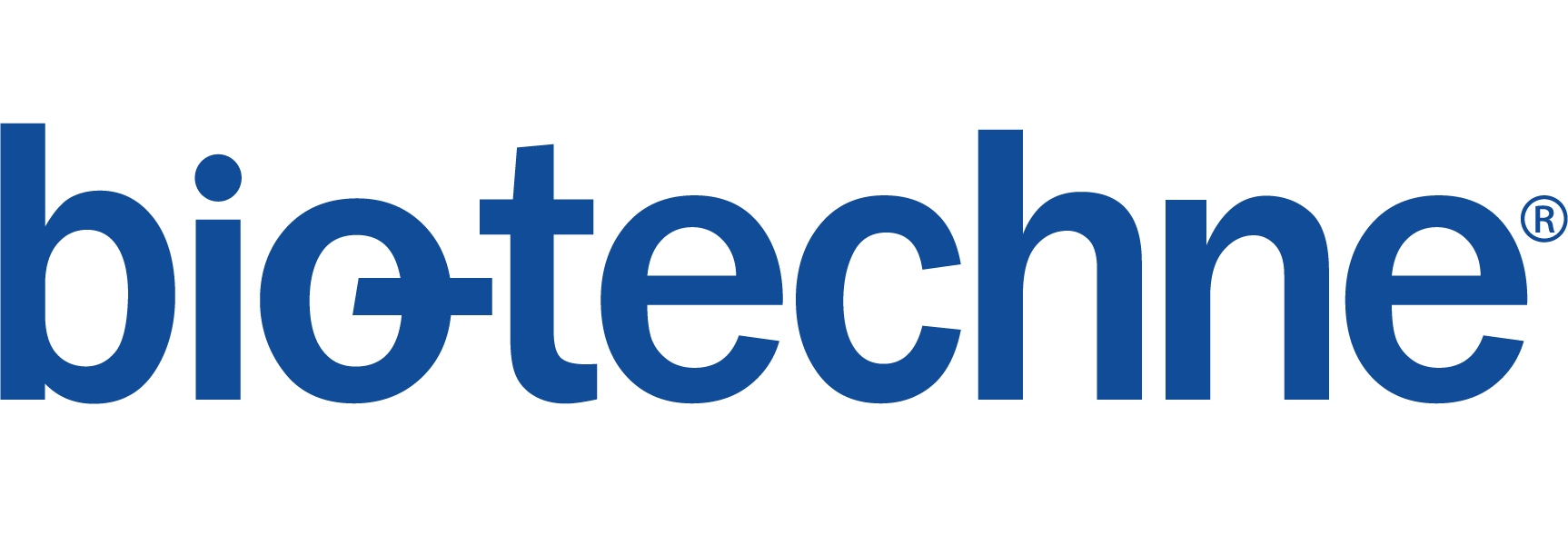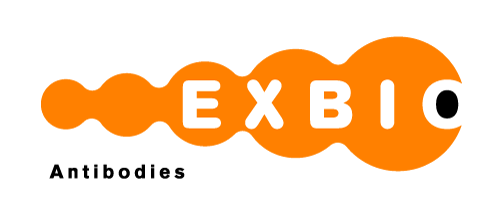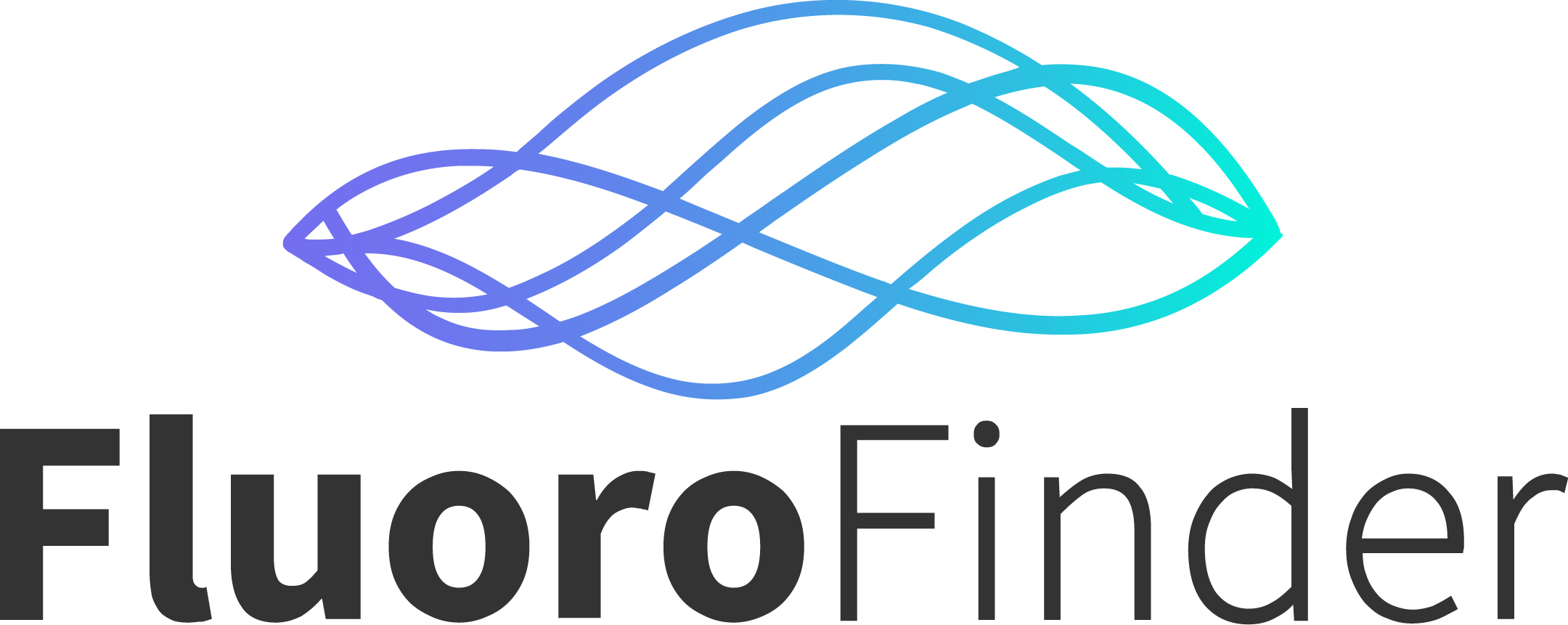-
GENE_NAME : CD6
CD_NAME : CD6
DESC: CD6 antigen
OTH_NAMES: TP120CLONE_NAME ISO_TYPE SUBMITTER AVAILABLE_FROM SPVL14 IgG1 Tinsley Novus Biologicals UMCD6, 3F7B5 IgG1 Tinsley Novus Biologicals -
CLONE_NAME ISO_TYPE SUBMITTER AVAILABLE_FROM 12.1 IgG2a Kamoun MM 12.15 IgG2a Martin PJ 95-6-22 IgG2a Quinones 161-8 IgG1 Vilella B614 IgG1 Lansdorp BL-TP6a IgG1 Fiebig CD6-9C4 IgG1 Knapp F10-20-5-11 unknown Dalchau HB8-36 IgM Reinherz HI210 IgG1 Chen M-T502 IgG1 Rieber M-T603 IgG1 Rieber M-T604 IgG2a Rieber M-T605 IgG1k Rieber M-T606 IgG2b Rieber MBG6 IgM Bastin JM OKT17 IgG2 Talle SPVL14 IgG1 Immunotech T12 /3Pt12B8 IgM Reinherz T411 IgG1 Rieber Tp120 unknown Ueda Tü33 IgG2a Ziegler A UMCD6, 3F7B5 IgG1 Fox VIT12 unknown Knapp SPVL14 IgG1 Tinsley Novus Biologicals UMCD6, 3F7B5 IgG1 Tinsley Novus Biologicals -
STRUCTURE
CD6 is a type 1 transmembrane glycoprotein belonging to the scavenger receptor cysteine-rich family.1 Its extracellular region contains 3 scavenger receptor cysteine-rich domains.2 CD6 displays a large cytoplasmic tail with many motifs involved in signaling.3
- Aruffo A, Melnick MB, Linsley PS, Seed B. The lymphocyte glycoprotein CD6 contains a repeated domain structure characteristic of a new family of cell surface and secreted proteins. J Exp Med. 1991;174:949-52.
- Whitney G, Bowen M, Neubauer M, Aruffo A. Cloning and characterization of murine CD6. Mol Immunol. 1995;32:89-92.
- Pinto M, Carmo AM. CD6 as a therapeutic target in autoimmune diseases: successes and challenges. BioDrugs. 2013;27:191-202.
-
LIGANDS
Extracellular
CD1661, CD3182, galectin-13, galectin-33, LPS.4 It can also interact with CD5 in cis.5 sCD6 can interact with LTA, LPS and peptidoglycan.4-6
Intracellular associate molecules
SLP-767, T cell-specific adaptor protein8, TCR/CD3 complex9 and Syntenin-1.10 CD6 is associated with ZAP-70, fyn and lck in rat.11
- Bowen MA, Patel DD, Li X, Modrell B, Malacko AR, Wang WC, Marquardt H, Neubauer M, Pesando JM, Francke U, et al. Cloning, mapping, and characterization of activated leukocyte-cell adhesion molecule (ALCAM), a CD6 ligand. J Exp Med. 1995;181:2213-20.
- Enyindah-Asonye G, Li Y, Ruth JH, Spassov DS, Hebron KE, Zijlstra A, Moasser MM, Wang B, Singer NG, Cui H, Ohara RA, Rasmussen SM, Fox DA, Lin F. CD318 is a ligand for CD6. Proc Natl Acad Sci U S A. 2017;114:E6912-E6921.
- Escoda-Ferran C, Carrasco E, Caballero-Baños M, Miró-Julià C, Martínez-Florensa M, Consuegra-Fernández M, Martínez VG, Liu FT, Lozano F. Modulation of CD6 function through interaction with Galectin-1 and -3. FEBS Lett. 2014;588:2805-13.
- Sarrias MR, Farnós M, Mota R, Sánchez-Barbero F, Ibáñez A, Gimferrer I, Vera J, Fenutría R, Casals C, Yélamos J, Lozano F. CD6 binds to pathogen-associated molecular patterns and protects from LPS-induced septic shock. Proc Natl Acad Sci U S A. 2007;104:11724-9.
- Gimferrer I, Farnós M, Calvo M, Mittelbrunn M, Enrich C, Sánchez-Madrid F, Vives J, Lozano F. The accessory molecules CD5 and CD6 associate on the membrane of lymphoid T cells. J Biol Chem. 2003;278:8564-71.
- Martínez-Florensa M, Consuegra-Fernández M, Martínez VG, Cañadas O, Armiger-Borràs N, Bonet-Roselló L, Farrán A, Vila J, Casals C, Lozano F. Targeting of key pathogenic factors from gram-positive bacteria by the soluble ectodomain of the scavenger-like lymphocyte receptor CD6. J Infect Dis. 2014;209:1077-86.
- Hassan NJ, Simmonds SJ, Clarkson NG, Hanrahan S, Puklavec MJ, Bomb M, Barclay AN, Brown MH. CD6 regulates T-cell responses through activation-dependent recruitment of the positive regulator SLP-76. Mol Cell Biol. 2006;26:6727-38.
- Hem CD, Ekornhol M, Granum S, Sundvold-Gjerstad V, Spurkland A. CD6 and Linker of Activated T Cells are Potential Interaction Partners for T Cell-Specific Adaptor Protein. Scand J Immunol. 2017;85:104-112.
- Gimferrer I, Calvo M, Mittelbrunn M, Farnós M, Sarrias MR, Enrich C, Vives J, Sánchez-Madrid F, Lozano F. Relevance of CD6-mediated interactions in T cell activation and proliferation. J Immunol. 2004;173:2262-70.
- Gimferrer I, Ibáñez A, Farnós M, Sarrias MR, Fenutría R, Roselló S, Zimmermann P, David G, Vives J, Serra-Pagès C, Lozano F. The lymphocyte receptor CD6 interacts with syntenin-1, a scaffolding protein containing PDZ domains. J Immunol. 2005;175:1406-14.
- Castro MA, Nunes RJ, Oliveira MI, Tavares PA, Simões C, Parnes JR, Moreira A, Carmo AM. OX52 is the rat homologue of CD6: evidence for an effector function in the regulation of CD5 phosphorylation. J Leukoc Biol. 2003;73:183-90.
-
GENE_NAME : CD6
CD_NAME : CD6
CD6 is expressed in T cells1, medullary thymocytes1, a subset of NK cells2, some hematopoietic progenitors3 and a small group of B lymphocytes.4
- Pinto M, Carmo AM. CD6 as a therapeutic target in autoimmune diseases: successes and challenges. BioDrugs. 2013;27:191-202.
- Braun M, Müller B, ter Meer D, Raffegerst S, Simm B, Wilde S, Spranger S, Ellwart J, Mosetter B, Umansky L, Lerchl T, Schendel DJ, Falk CS. The CD6 scavenger receptor is differentially expressed on a CD56 natural killer cell subpopulation and contributes to natural killer-derived cytokine and chemokine secretion. J Innate Immun. 2011;3:420-34.
- Cortés F, Deschaseaux F, Uchida N, Labastie MC, Friera AM, He D, Charbord P, Péault B. HCA, an immunoglobulin-like adhesion molecule present on the earliest human hematopoietic precursor cells, is also expressed by stromal cells in blood-forming tissues. Blood. 1999;93:826-37.
- Aruffo A, Melnick MB, Linsley PS, Seed B. The lymphocyte glycoprotein CD6 contains a repeated domain structure characteristic of a new family of cell surface and secreted proteins. J Exp Med. 1991;174:949-52.
-
GENE_NAME : CD6
CD_NAME : CD6
Through its engagement with CD166, CD6 mediates the adhesion between T cells and APCs and is required for the maturation of the immunological synapse. Furthermore, CD6 is necessary for T cell activation and proliferation.1-3 However, this role of CD6 is contradicted by the findings of Oliveira et al in which they showed that CD6 is an inhibitory receptor of T cell responses.4 In addition, there are evidences supporting a role of CD6 in Treg induction and suppressive capacity.5-6 In thymocytes, CD6 contributes to thymic selection and survival.6-7
CD6 binds and aggregates bacteria displaying a protective role against infectious diseases.8-10
- Gimferrer I, Calvo M, Mittelbrunn M, Farnós M, Sarrias MR, Enrich C, Vives J, ánchez-Madrid F, Lozano F. Relevance of CD6-mediated interactions in T cell activation and proliferation. J Immunol. 2004;173:2262-70.
- Hassan NJ, Barclay AN, Brown MH. Frontline: Optimal T cell activation requires the engagement of CD6 and CD166. Eur J Immunol. 2004;34:930-40.
- Zimmerman AW, Joosten B, Torensma R, Parnes JR, van Leeuwen FN, Figdor CG. Long-term engagement of CD6 and ALCAM is essential for T-cell proliferation induced by dendritic cells. Blood. 2006;107:3212-20.
- Oliveira MI, Gonçalves CM, Pinto M, Fabre S, Santos AM, Lee SF, Castro MA, Nunes RJ, Barbosa RR, Parnes JR, Yu C, Davis SJ, Moreira A, Bismuth G, Carmo AM. CD6 attenuates early and late signaling events, setting thresholds for T-cell activation. Eur J Immunol. 2012;42:195-205.
- Consuegra-Fernández M, Martínez-Florensa M, Aranda F, de Salort J, Armiger-Borràs N, Lozano T, Casares N, Lasarte JJ, Engel P, Lozano F. Relevance of CD6-Mediated Interactions in the Regulation of Peripheral T-Cell Responses and Tolerance. Front Immunol. 2017;8:594.
- Orta-Mascaró M, Consuegra-Fernández M, Carreras E, Roncagalli R, Carreras-Sureda A, Alvarez P, Girard L, Simões I, Martínez-Florensa M, Aranda F, Merino R, Martínez VG, Vicente R, Merino J, Sarukhan A, Malissen M, Malissen B, Lozano F. CD6 modulates thymocyte selection and peripheral T cell homeostasis. J Exp Med. 2016;213:1387-97.
- Singer NG, Fox DA, Haqqi TM, Beretta L, Endres JS, Prohaska S, Parnes JR, Bromberg J, Sramkoski RM. CD6: expression during development, apoptosis and selection of human and mouse thymocytes. Int Immunol. 2002;14:585-97.
- Sarrias MR, Farnós M, Mota R, Sánchez-Barbero F, Ibáñez A, Gimferrer I, Vera J, Fenutría R, Casals C, Yélamos J, Lozano F. CD6 binds to pathogen-associated molecular patterns and protects from LPS-induced septic shock. Proc Natl Acad Sci U S A. 2007;104:11724-9.
- Martínez-Florensa M, Consuegra-Fernández M, Martínez VG, Cañadas O, Armiger-Borràs N, Bonet-Roselló L, Farrán A, Vila J, Casals C, Lozano F. Targeting of key pathogenic factors from gram-positive bacteria by the soluble ectodomain of the scavenger-like lymphocyte receptor CD6. J Infect Dis. 2014;209:1077-86.
- Martínez-Florensa M, Consuegra-Fernández M, Aranda F, Armiger-Borràs N, Di Scala M, Carrasco E, Pachón J, Vila J, González-Aseguinolaza G, Lozano F. Protective Effects of Human and Mouse Soluble Scavenger-Like CD6 Lymphocyte Receptor in a Lethal Model of Polymicrobial Sepsis. Antimicrob Agents Chemother. 2016;61.
-
GENE_NAME : CD6
CD_NAME : CD6
Cell marker
Pan-T-cell marker.1
- Pinto M, Carmo AM. CD6 as a therapeutic target in autoimmune diseases: successes and challenges. BioDrugs. 2013;27:191-202.
Therapeutic
Itolizumab is a humanized IgG1 monoclonal antibody which targets the extracellular SRCR distal domain of CD6. Itolizumab displays immunomodulary capacities on T-lymphocytes and is effective in the treatment of psoriasis.1-2 Itolizumab has been approved in India for the treatment of psoriasis and is being studied in China.1,3 In addition, a positive effect of Itolizumab administration in patients with rheumatoid arthritis has also been reported.4-6 Preliminary studies show a beneficial impact of Itolizumab in patients with cutaneous T-cell lymphoma and chronic lymphocytic leukemia.7
IOR-T1, a murine IgG2a anti-human CD6 monoclonal antibody, is effective in treating patients with psoriasis and rheumatoid arthritis.6 Anti-CD6 therapy has also been studied in the context of multiple sclerosis and GvHD.8-10
- Menon R, David BG. Itolizumab - a humanized anti-CD6 monoclonal antibody with a better side effects profile for the treatment of psoriasis. Clin Cosmet Investig Dermatol. 2015;8:215-22.
- Krupashankar DS, Dogra S, Kura M, Saraswat A, Budamakuntla L, Sumathy TK, Shah R, Gopal MG, Narayana Rao T, Srinivas CR, Bhat R, Shetty N, Manmohan G, Sai Krishna K, Padmaja D, Pratap DV, Garg V, Gupta S, Pandey N, Khopkar U, Montero E, Ramakrishnan MS, Nair P, Ganapathi PC. Efficacy and safety of itolizumab, a novel anti-CD6 monoclonal antibody, in patients with moderate to severe chronic plaque psoriasis: results of a double-blind, randomized, placebo-controlled, phase-III study. J Am Acad Dermatol. 2014;71:484-92.
- ClinicalTrials.gov (NCT02649270) Tolerability, Safety and Pharmacokinetic Study of Humanized Anti-CD6 Monoclonal Antibody Injection in Chinese Psoriasis. U.S. National Institutes of Health.
- Rodriguez PC, Torres-Moya R, Reyes G, Molinero C, Prada D, Lopez AM, Hernandez IM, Hernandez MV, Martinez JP, Hernandez X, Casaco A, Ramos M, Avila Y, Barrese Y, Montero E, Hernandez P. A clinical exploratory study with itolizumab, an anti-CD6 monoclonal antibody, in patients with rheumatoid arthritis. Results Immunol. 2012;2:204-11.
- Beck A, Wurch T, Reichert JM. 6th Annual European Antibody Congress 2010: November 29-December 1, 2010, Geneva, Switzerland. MAbs. 2011;3:111-32.
- Hernández P, Moreno E, Aira LE, Rodríguez PC. Therapeutic Targeting of CD6 in Autoimmune Diseases: A Review of Cuban Clinical Studies with the Antibodies IOR-T1 and Itolizumab. Curr Drug Targets. 2016;17:666-77.
- Izquierdo-Cano L, Espinosa-Estrada E, Hernández-Padrón C, et al. Anticuerpo monoclonal humanizado itolizumab (anti-cd6) en síndromes linfoproliferativos cd 6+. Experiencia preliminar. [Humanized monoclonal antibody Itolizumab (anti-cd6) in patients with lymphopro-liferative disorders cd6 +. Preliminary experience] Revista Cubana de Hematología, Inmunología y Hemoterapia. 2014;30:0–0.
- Hafler DA, Fallis RJ, Dawson DM, Schlossman SF, Reinherz EL, Weiner HL. Immunologic responses of progressive multiple sclerosis patients treated with an anti-T-cell monoclonal antibody, anti-T12. Neurology. 1986;36:777-84.
- Soiffer RJ, Murray C, Mauch P, Anderson KC, Freedman AS, Rabinowe SN, Takvorian T, Robertson MJ, Spector N, Gonin R, et al. Prevention of graft- versus-host disease by selective depletion of CD6-positive T lymphocytes from donor bone marrow. J Clin Oncol. 1992;10:1191-200.
- Patel NC, Chinen J, Rosenblatt HM, Hanson IC, Brown BS, Paul ME, Abramson SL, Ritz J, Shearer WT. Long-term outcomes of nonconditioned patients with severe combined immunodeficiency transplanted with HLA-identical or haploidentical bone marrow depleted of T cells with anti-CD6 mAb. J Allergy Clin Immunol. 2008;122:1185-93.
-
GENE_NAME : CD6
CD_NAME : CD6
GENERAL_INFORMATION
NCBI_NAME CD6 NCBI_OTHER_NAME TP120 SWISS_NAMES CD6_HUMAN DESC CD6 antigen LOCUS_INFO_LINKS
HGNC_LOCUS_TAG: 1691 ONLINE_MENDELIAN_INHERITANCE: 186720 NCBI_HOMOLOGENE: 4893 NCBI_MAP: 11q13 NCBI_ENTRE_GENE_ENTRY: 923 GENE_SIZE: 47456 EN_GE_EN: MRNA_SEQ_LENGTH: 2010 PRCORENC: 1 to 2007 ENTREN: ENST00000313421 PROTEIN_LENGTH_NCBI_REFSEQ: 669 NCBI_REF_SEF_ENTRY: NP_006716 , 5802994 PROTEIN_LENGTH_SWISPROT: 668 ENSEMBLE_PROT_ENTRY: ENSP00000323280 PR_MO_WEIGHT: 71828 SWPROT_PROTEIN_ENTRY: CD6_HUMAN , P30203 PR_SW_PR: 4.82 IPI_NUMBER: IPI00025700 NCBI_CONSV_DOMAINS: 5802994 ENSM_NUMBER: P30203







